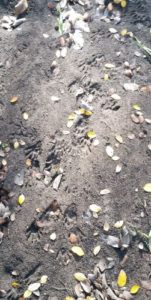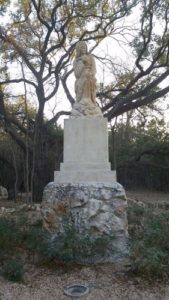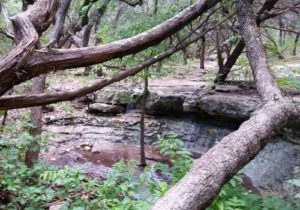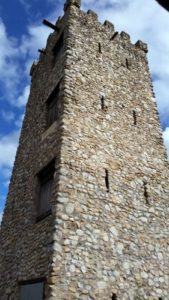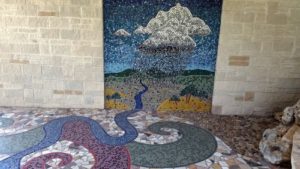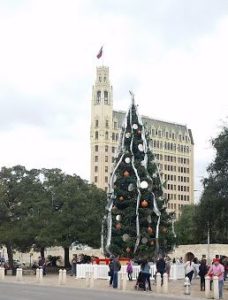Ideally, this would be where I would write up Mud Creek Park, but when Alex and I visited Mud Creek Park, it was closed because, as one would actually expect, given the name, Mud Creek Park floods pretty badly when it rains, and it had rained recently when we went up there. So instead on that day we returned to McAllister Park.
So let’s go on to Panther Springs Park. Panther Springs Park is kind of an odd one to try to reach. It looks, on the map, like you should be able to access it from Blanco, possibly from the parking lot to the Mays Family YMCA. I actually swear that Google Maps said that there was a way in there at one point. But you can’t get there that way. You actually have to go up through a residential area (fortunately not through the actual neighborhood, but the street passes one housing development after the other) to get there.
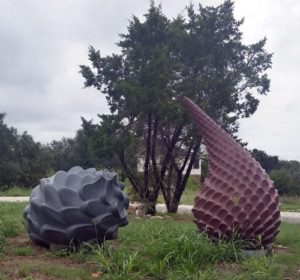
Once Alex and I were in the parking lot, we had to find the way into the park. Alex and I were walking through the parking lot when a man came up and asked where the entrance to the park was. We confessed that it was our first time there, too. So we continued towards the end of the parking lot. I needed to take a picture of Isherwood’s “Sotol Duet” on the way in, so I headed that direction and the man found the entrance before we did.
Basically, Panther Springs Park is a three-mile walking trail and a dog park. There isn’t much in the way of a playground or anything of that nature. We didn’t end up walking that much of the trail because it was still pretty warm out and the humidity was something to be believed. So we walked (and met a man and is son and their dog who were herding a baby snake from the path), returned to our car, and went home.

